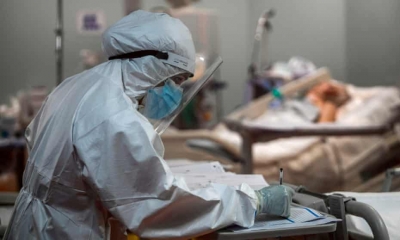
India is among the most severely affected countries in the ongoing COVID-19 pandemic. The second wave, which began around February 2021 in the country, was more devastating than the first, leaving infected patients gasping for breath. The country witnessed a massive death toll due to the coronavirus, with the numbers surpassing 4.5 lakh as of November 2021. The soaring cases overwhelmed the healthcare system, leaving hospitals struggling to cope. During April-May when the second wave peaked, several hospitals around the country ran out of the life-saving medical oxygen given to critical COVID patients. With patients flooding hospitals, several states faced shortage of beds, oxygen cylinders and other equipment. The Indian Railways ran Oxygen Express trains for transporting Liquid Medical Oxygen to different parts of the country. At judicial intervention, the Centre stepped up oxygen production, set up oxygen plants at hospitals, urged states to make rational use of LMO and imposed restrictions on the industrial use of oxygen.
The rate of decline of cases from the first wave was slow – active cases began declining only from late September last year, a trend which continued till the beginning of the second wave in the middle of February.
The decline appears to have been faster in the second wave, and it is not clear why.
Experts say one reason could be the virus has burnt through a large part of the population.
But then what about the fact that the second wave appears to have been driven by mutant strains to which previously infected people may not be entirely resistant?
Dr Mukherjee said her models indicated cases would come down to between 150,000 and 200,000 by end of May, and by the end of July may return to where they were in February.
But, she said, a lot would depend on how India’s states exit from local lockdowns.
Positive rates should be at or below 5% for at least 14 days before a state or country can safely reopen, according to the World Health Organization.
Dr John says if India manages to test an average of 1.8 million samples daily, a positive rate of 5% would mean about 90,000 daily new cases.
“That will be a healthy sign that things are under control,” he said.
Credit : BBC
Picture Credit : Google




